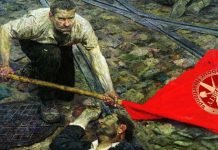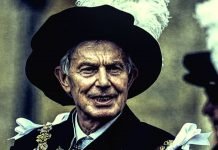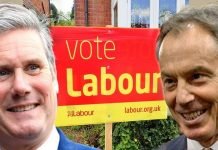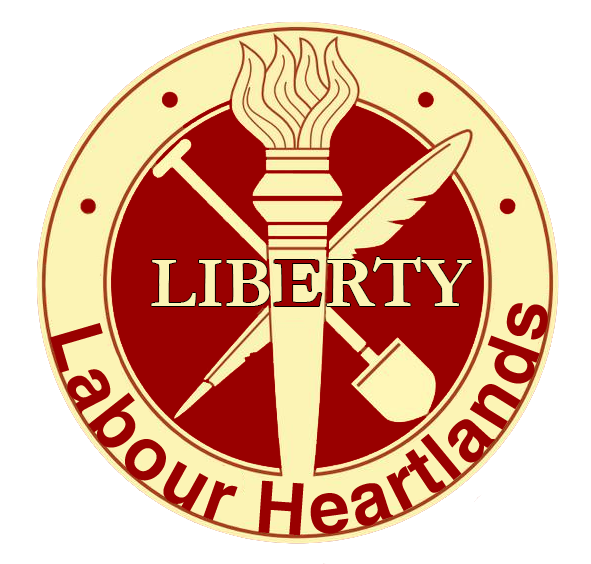This subject is, of course, relevant to modern day politics within the Labour Party, especially at this current time when we have MP’s such as Frank Field resigning from the Labour MP and the constant talk about a split in the Labour Party. I fundamentally believe that the current Labour Movement must learn from the mistakes from this time period if it is to succeed in the future and deliver the programme that the working classes of the United Kingdom desperately need.
What is happening now in the Labour Party is rather similar to what happened in the late 1950’s. Instead of the Blairites and the Corbynites, we had the Gaitskellites on the right of the Party and the Bevanites on the left. The Bevanites were popular amongst Party activists. The Bevanites were extremely similar to Corbyn supporters today in many ways, they are were grossly split on issues such as Nuclear weapons, we can just examine the debate on Trident today in Labour to get the feeling on that. The Bevanites were followers and supporters of Nye Bevan and this faction included individuals such as Michael Foot and Tony Benn. Gaitskellites who were led by Hugh Gaitskell the were opposed to nationalisation and were in favour of a more of a market-orientated economy. They controlled the economic position of the Labour Party in the 1950’s until Harold Wilson became the Labour Leader. Generally, the Labour grassroots was dominated by the
Bevanites and the Parliamentary Labour Party was dominated by the Gaitskellites.

Nye Bevan was the Minister for Health in the UK from 1945 to 1951 during the Attlee Government and it was Nye Bevan that created the NHS in 1948
The main split between them and the Bevanites was caused by Gaitskell’s budget of 1951 introduced charges for certain prescriptions on the National Health Service. Parallels can be drawn with Tony Blair and PFI contracts that led to the slow privatisation of many services in the NHS that continue today in 2018. The Labour Party out of all Parties began this process that the Conservatives continued in a coalition backed by the Liberal Democrats between 2010 and 2015 and the Conservative Majority and Minority Governments since that coalition. The majority of the centrist faction of the Labour Party is morally bankrupt.
“The NHS will last as long as there are folk left with the faith to fight for it”- Nye Bevan
Labour in 1951 had a Majority Government of 5 seats what was fundamentally split Labour in 1951 called a general election and lost 20 seats despite winning 200,000 more votes the Conservatives acquired a majority. A failure of first past the post. This led to Winston Churchill’s second tenure of Prime Minister until 1955 when he retired and was replaced with Sir Antony Eden.

Two graphs of the vote share and the seat share of the major Parties in the 1951 general election. Sourced from Wikipedia.
Hugh Gaitskell became the Labour Leader in 1955 after the retirement of Clement Attlee after Labour’s defeat in the 1955 General Election. Sir Anthony Eden increased the majority of the Conservatives. Like in the 1980’s these defeats led to Labour moving to the right.

In the context of Brexit in modern British Politics of 2018, It is also important to note that the Bevanites was the faction that was against joining the European Economic Community in 1973 and the Gaitskellites were in favour of joining the European Economic Community, though Gaitskell himself was rather sceptical of the European project. Generally, the right of Labour has always been more Pro European and the left was more sceptical of European integration. Though in modern years this has changed and Euroscepticism in the mainstream Politics and in the media is dominated by the right-wing factions in the Conservative Party. The divide between the Bevanites and the Gaitskellites on this issue was obvious if you consider that the likes of Tony Benn were the key Bevanites in Labour at the time. Even today it is the right of the Labour Party that opposes a Jeremy Corbyn that demands a #PeoplesVote and a reversal of Brexit. This is a very old divide in Labour, that still resonates today.
Hugh Gaitskell was just as successful as Attlee in the 1955 General Election in the 1959 General Election. The movement to the right for Labour failed. Labour lost 19 seats. However, much of this could be credited to economic stability in the late 1950’s. The same can be really be said about the 2015 General Election. The economy continues to grow and Labour remained a Neo-Liberal Party at its core and favoured some austerity measures. Like before 2015 election, before the 1959 election Labour was actually polling above the Conservatives. This was because of the Suez Crisis of 1956 that led to the resignation of Sir Antony Eden in 1957. As a result, Harold Macmillan became the Prime Minister of the United Kingdom.

A basic chart displaying the results of the 1959 General Election and the performance of the three major Parties. Sourced from Wikipedia.
Gaitskell just like Blair as the Labour Leader attempted to introduce many reforms to Labour but failed. One example of this is that he tried to change Labour charter’s Clause IV that called for nationalisation. However, this was prevented by a strong Bevanite grassroots movement. Unfortunately, the Labour Party lacked a powerful Bevanite like movement in the 1990’s. Blair like Gaitskell before him wanted to define what not only what British Socialism was but what the Labour Party was. This new Clause IV has remained in place since 1995 and even today it remains on the back of Labour membership cards. At the time Jeremy Corbyn opposed the proposed changes to Clause IV, however, at the time of writing this article Jeremy Corbyn has maintained the new Clause IV that was adopted by Tony Blair.
To secure for the workers by hand or by brain the full fruits of their industry and the most equitable distribution thereof that may be possible upon the basis of the common ownership of the means of production, distribution and exchange, and the best obtainable system of popular administration and control of each industry or service.
The Labour Party is a democratic socialist party. It believes that by the strength of our common endeavour we achieve more than we achieve alone, so as to create for each of us the means to realise our true potential and for all of us a community in which power, wealth and opportunity are in the hands of the many, not the few, where the rights we enjoy reflect the duties we owe, and where we live together, freely, in a spirit of solidarity, tolerance and respect.
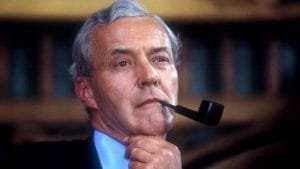
Tony Benn in his Dairies in 1960 on the potential changes to Clause IV
The defeat of the Labour Party in the 1959 General Election vindicated the Bevanites within the Labour Party. In 1959 Nye Bevan was elected to the Deputy Leader of Labour where we remained until his death in 1960. He was replaced by the Gaitskellite George Brown. In 1963 Hugh Gaitskell died in office, he was replaced with Harold Wilson. Harold Wilson was a moderate member of the former Bevanite faction in the Labour Party but was a unifying figure who adopted some Gaitskellite policies. Harold Wilson was the Chancellor of the Exchequer between 1955 and 1961 he was seen as unifying between both factions many of the key Bevanites supported him.

Harold Wilson ( Baron Wilson of Rievaulx). He served a term as the Prime Minister between 1964 and 1970 and another term between 1974 and 1976
Support Independent Journalism Today
Our unwavering dedication is to provide you with unbiased news, diverse perspectives, and insightful opinions. We're on a mission to ensure that those in positions of power are held accountable for their actions, but we can't do it alone. Labour Heartlands is primarily funded by me, Paul Knaggs, and by the generous contributions of readers like you. Your donations keep us going and help us uphold the principles of independent journalism. Join us in our quest for truth, transparency, and accountability – donate today and be a part of our mission!
Like everyone else, we're facing challenges, and we need your help to stay online and continue providing crucial journalism. Every contribution, no matter how small, goes a long way in helping us thrive. By becoming one of our donors, you become a vital part of our mission to uncover the truth and uphold the values of democracy.
While we maintain our independence from political affiliations, we stand united against corruption, injustice, and the erosion of free speech, truth, and democracy. We believe in the power of accurate information in a democracy, and we consider facts non-negotiable.
Your support, no matter the amount, can make a significant impact. Together, we can make a difference and continue our journey toward a more informed and just society.
Thank you for supporting Labour Heartlands
